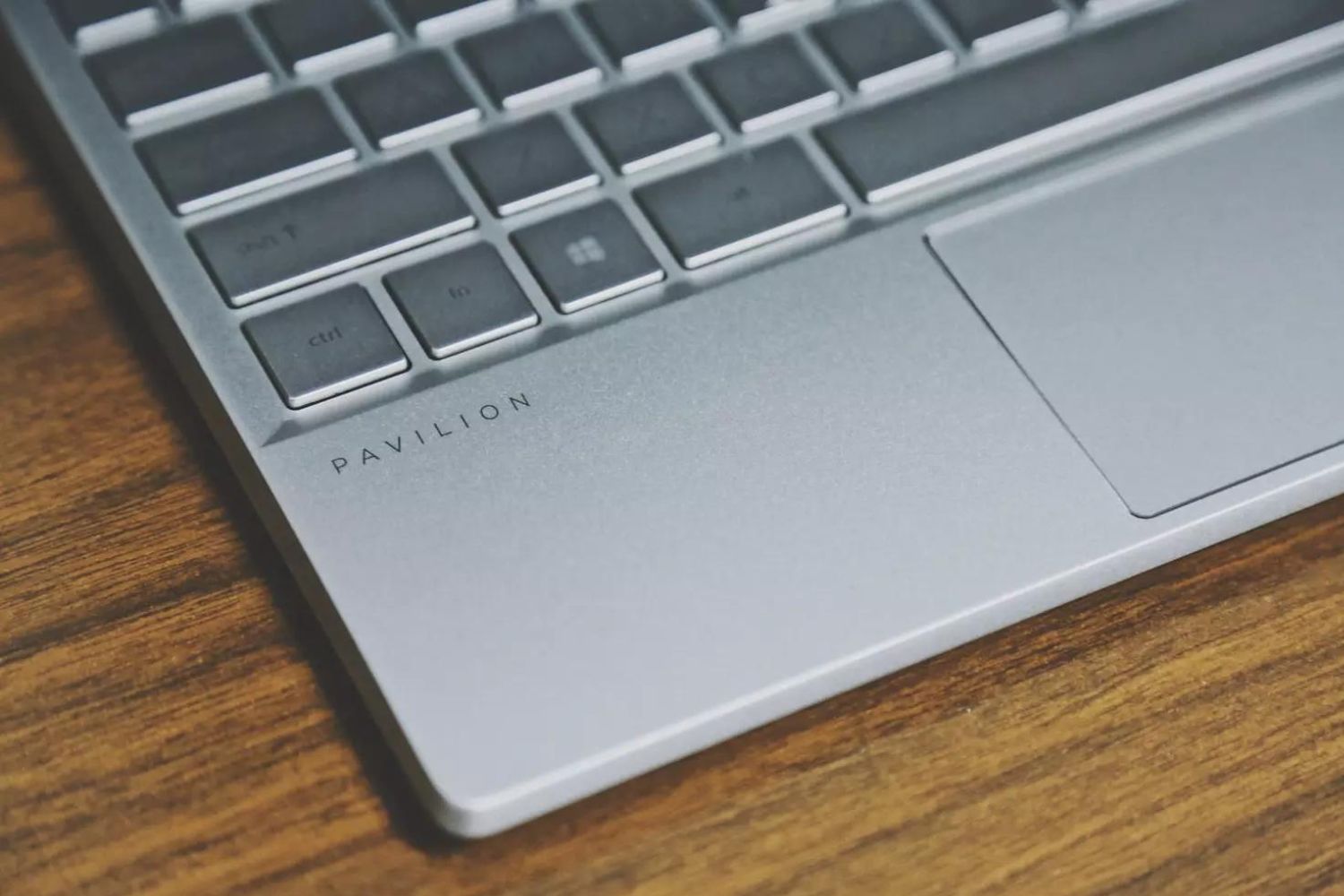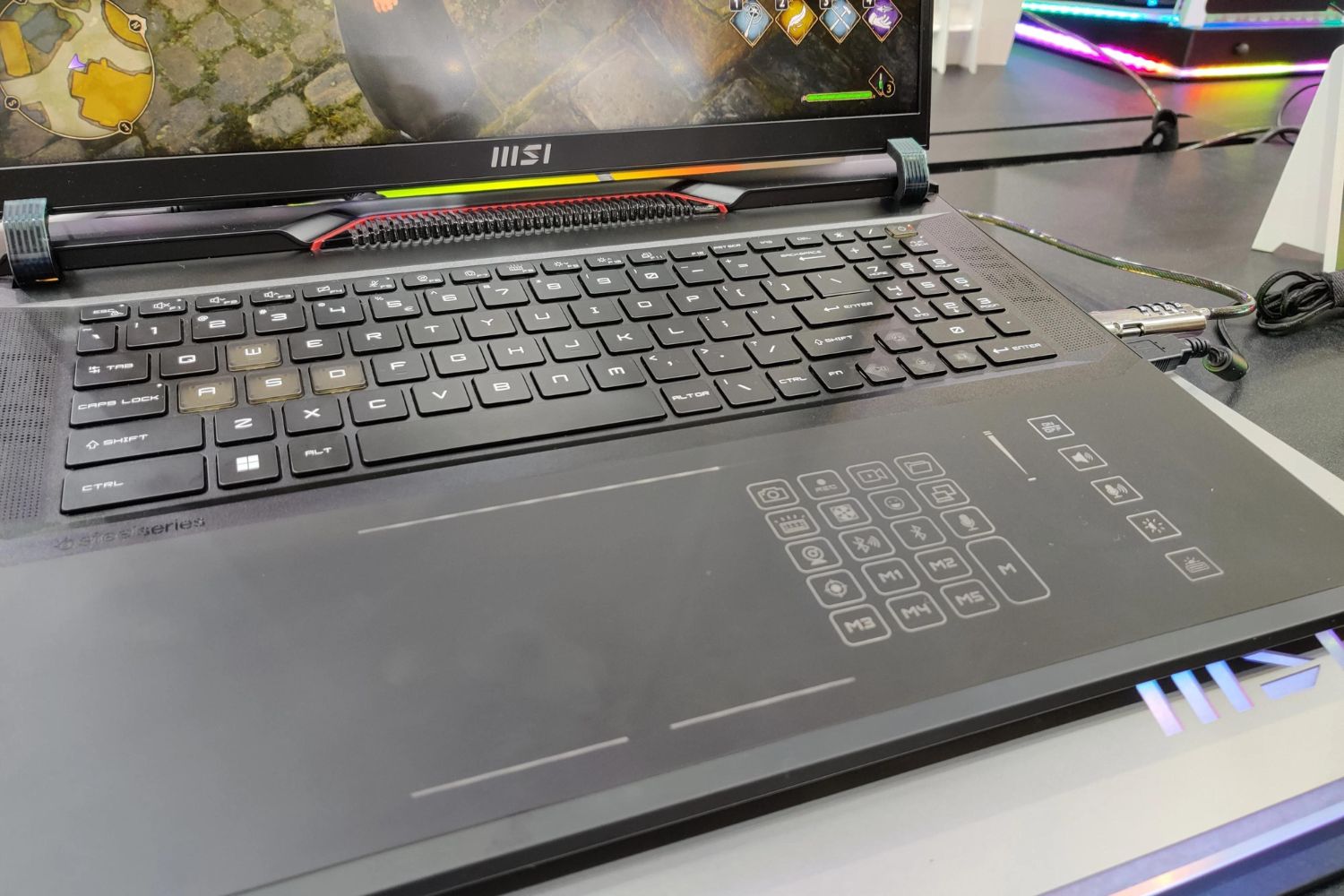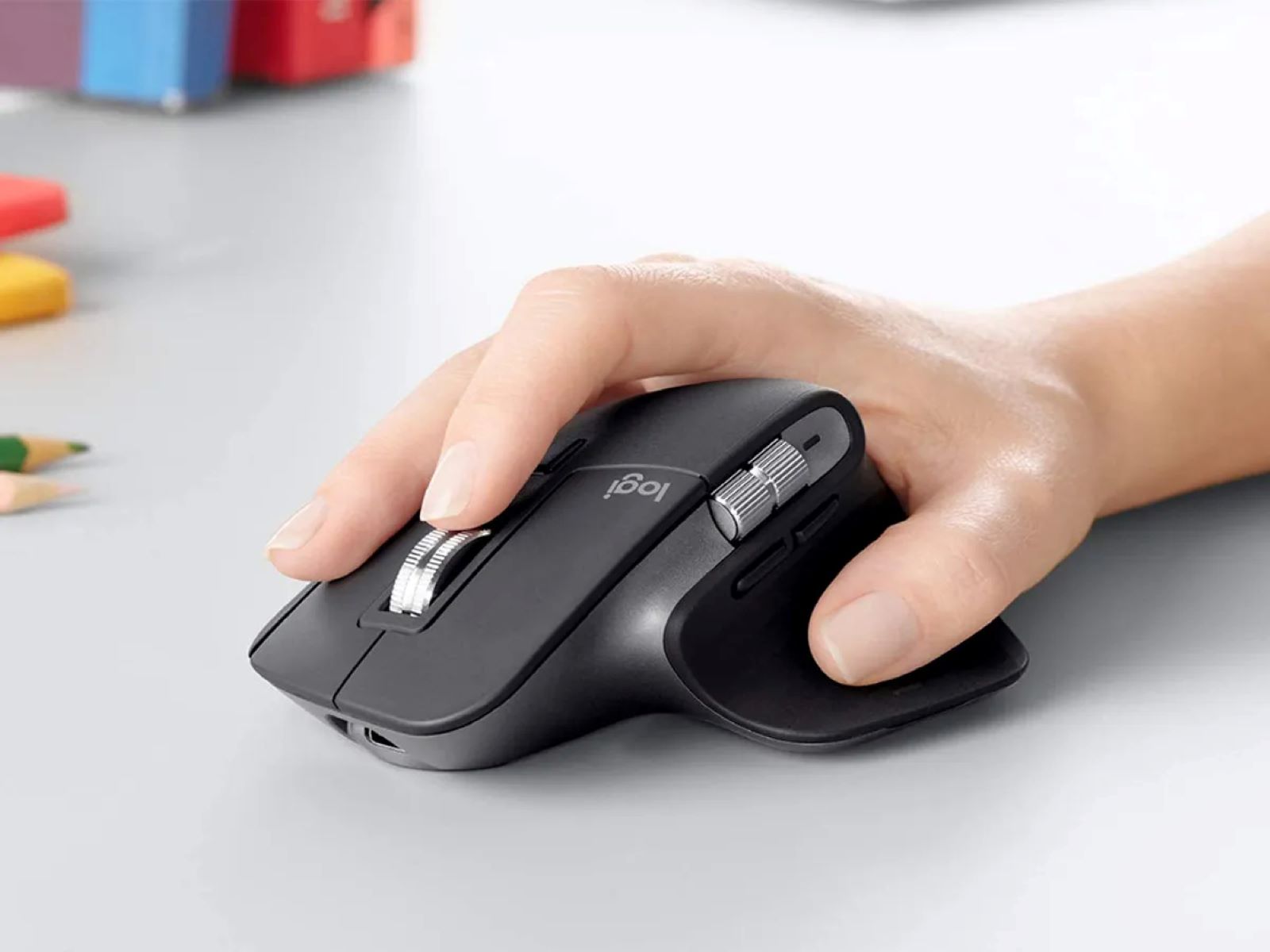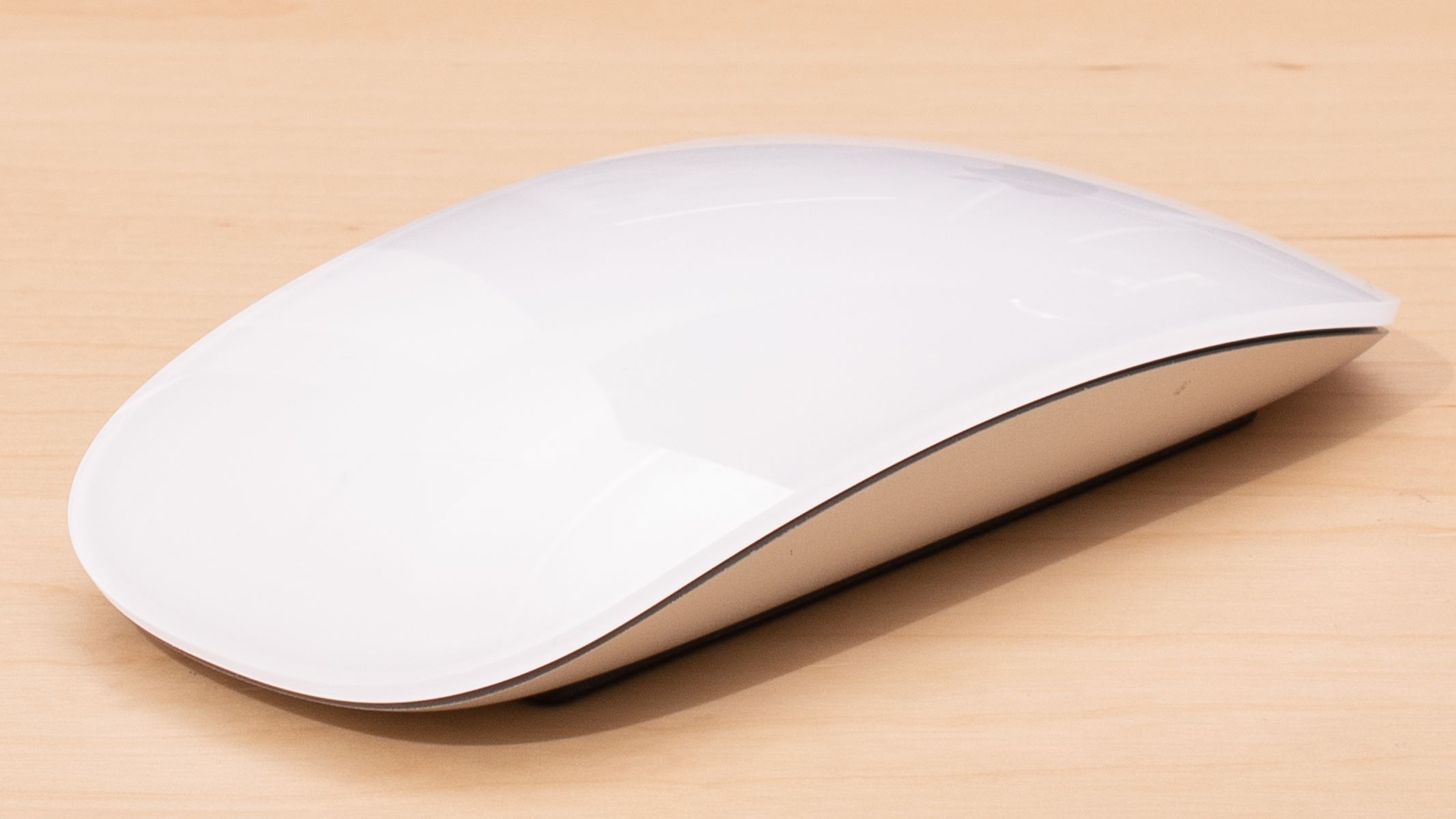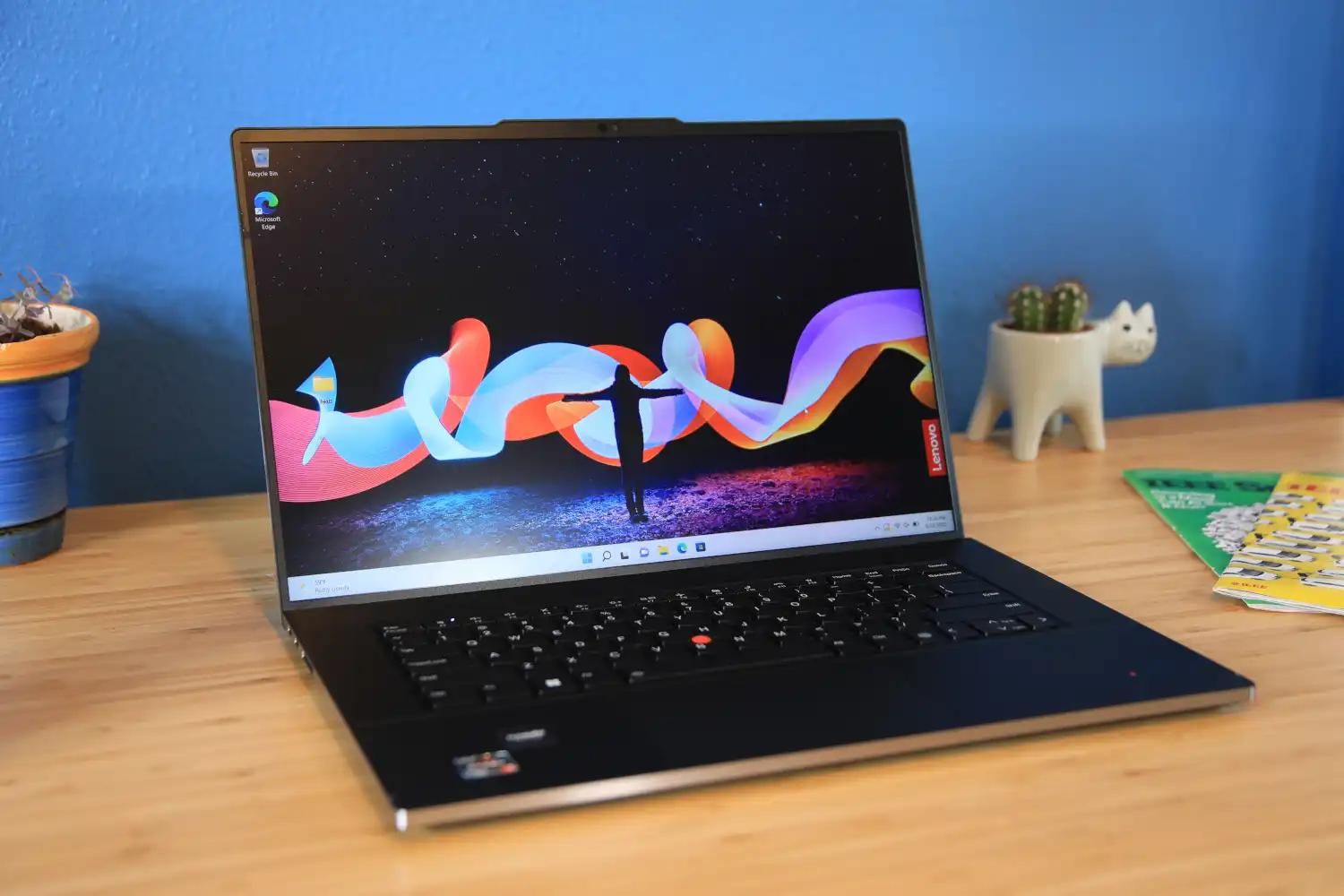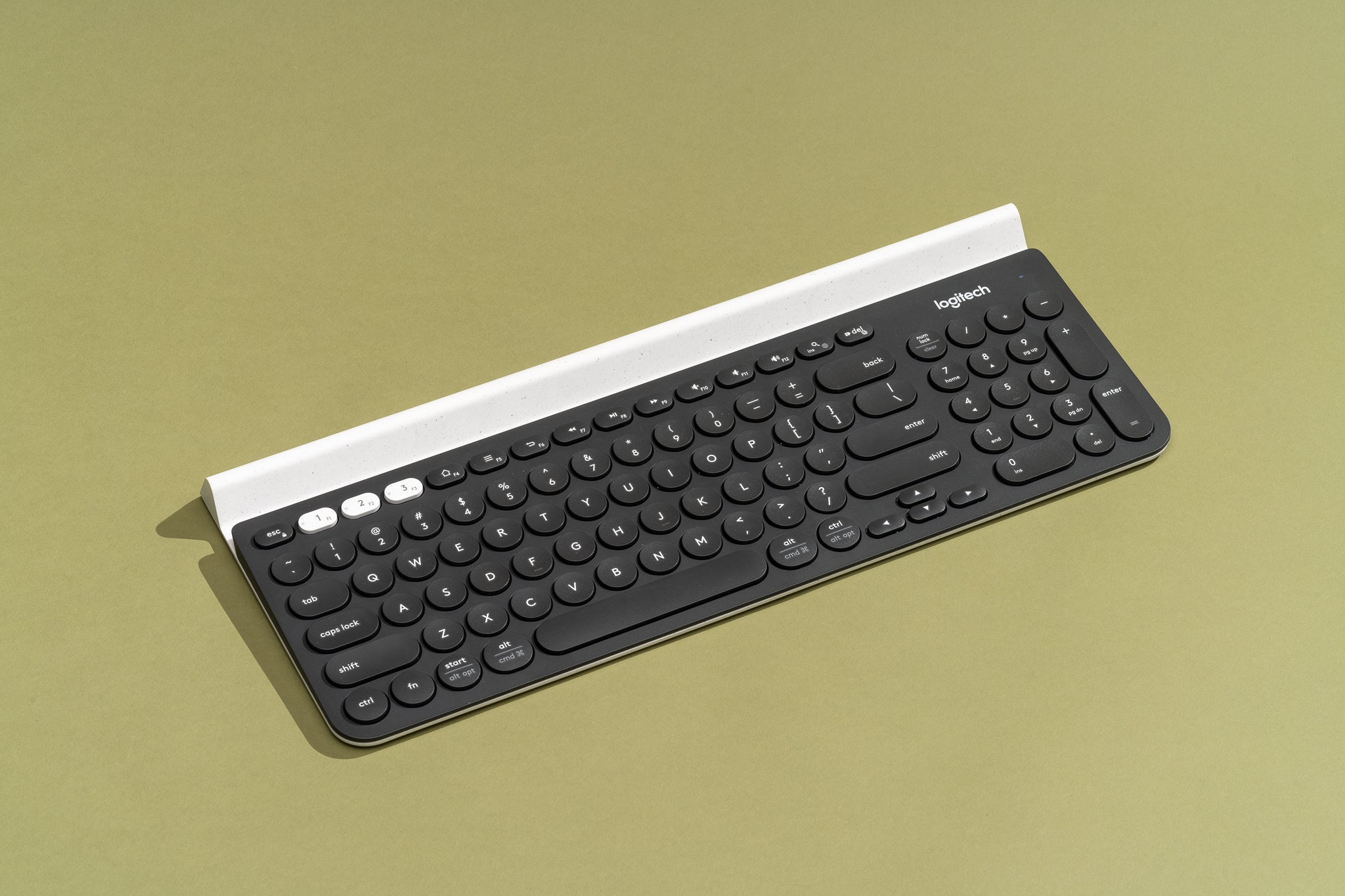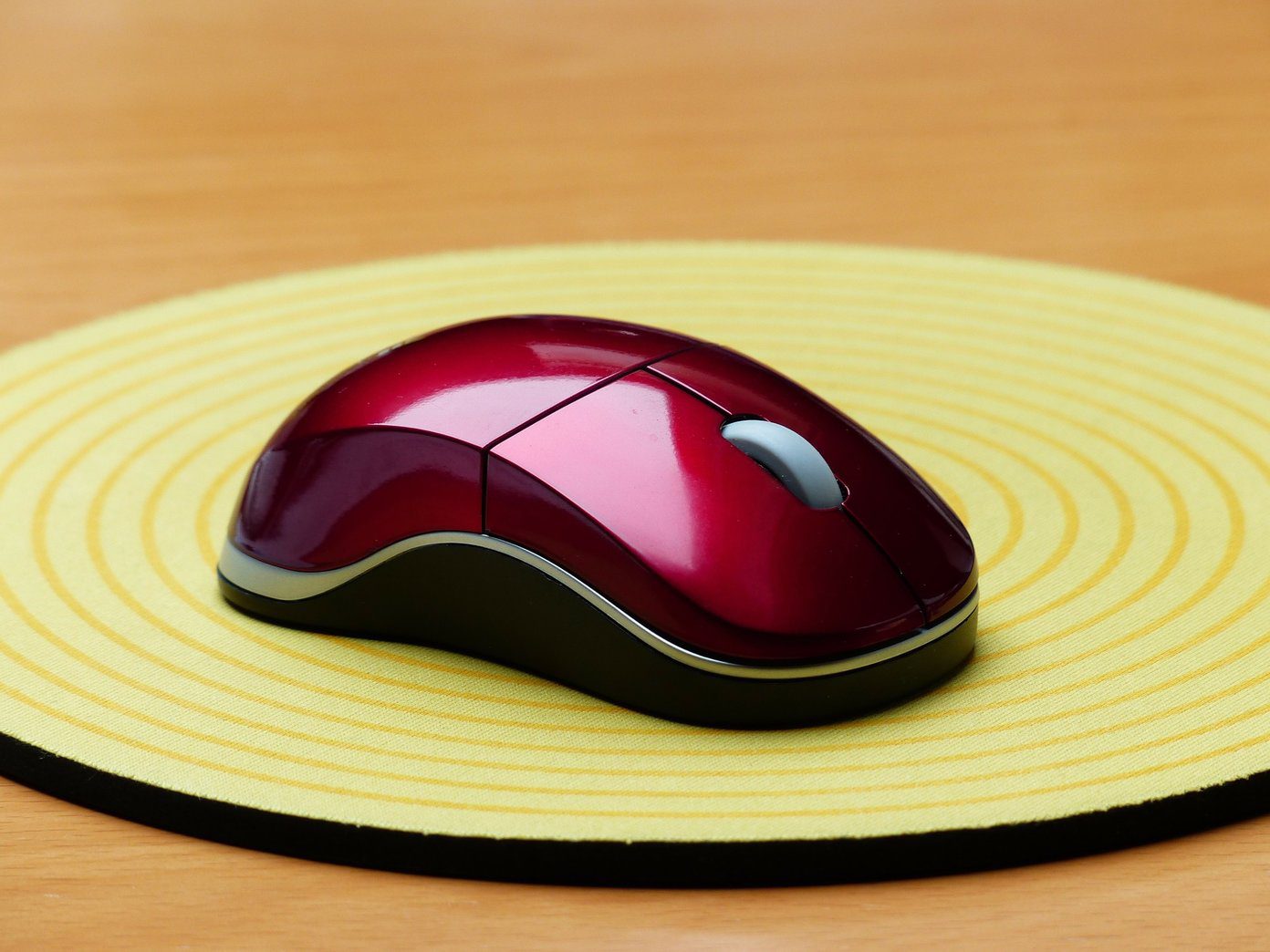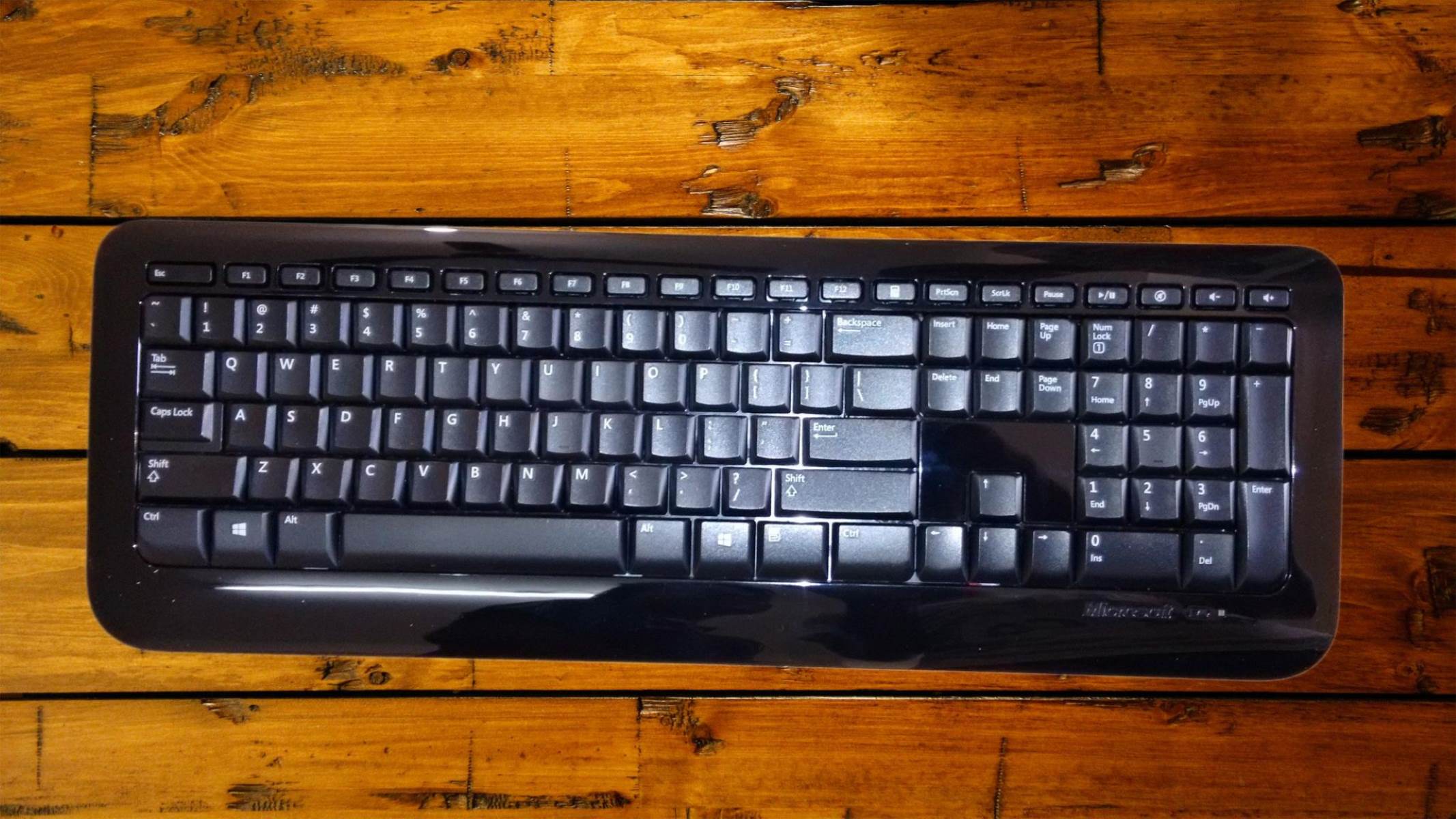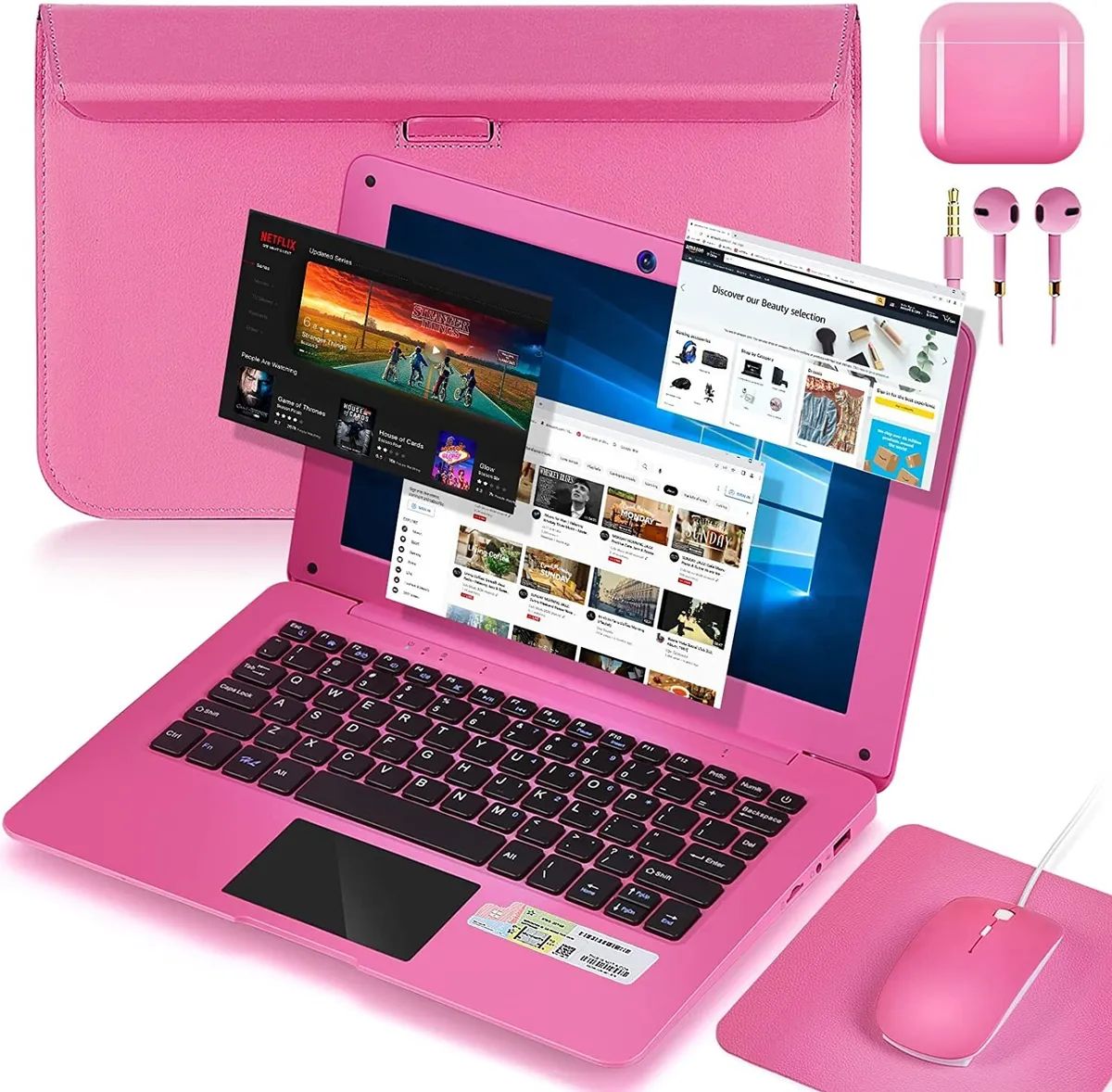Introduction
Windows 8, released by Microsoft in 2012, introduced a range of new features and a revamped user interface, including the integration of touch controls. However, for users who prefer traditional input methods, such as a mouse pad, enabling this feature is essential for a seamless computing experience. Whether you are troubleshooting an unresponsive mouse pad or simply want to customize its settings, this guide will walk you through the steps to enable the mouse pad on Windows 8.
By following the methods outlined in this article, you can ensure that your mouse pad functions optimally, allowing you to navigate your Windows 8 device with ease. From checking the mouse pad settings to updating its drivers and adjusting configurations in the Control Panel, this comprehensive tutorial will equip you with the knowledge to troubleshoot and customize your mouse pad settings effectively.
So, whether you’re a seasoned Windows user or new to the platform, understanding how to enable and configure your mouse pad is crucial for a smooth and efficient computing experience. Let’s delve into the various methods for enabling the mouse pad on your Windows 8 device.
Checking Mouse Pad Settings
Before delving into more advanced troubleshooting steps, it’s important to start by checking the current settings of your mouse pad. This initial step can provide valuable insights into any potential issues or misconfigurations that may be hindering its functionality.
To begin, navigate to the Control Panel on your Windows 8 device. You can access the Control Panel by pressing the Windows key, typing “Control Panel,” and selecting it from the search results. Once in the Control Panel, locate the “Hardware and Sound” section and click on “Mouse.”
Within the Mouse settings, you should find a tab specifically dedicated to the mouse pad, which allows you to review and adjust its settings. Here, you can check if the mouse pad is enabled and ensure that the sensitivity and other parameters are configured to your preference.
If you’re unable to locate the mouse pad settings within the Control Panel, it’s possible that the settings may be accessed through the dedicated software provided by the manufacturer of your device. Many laptop manufacturers offer proprietary software that allows users to customize various settings, including those related to the mouse pad. Check the system tray or the installed programs on your device to find the relevant software for your mouse pad.
By examining the current settings of your mouse pad, you can gain a better understanding of its configuration and potentially identify any issues that may be affecting its performance. This knowledge will serve as a foundation for the subsequent steps in enabling and optimizing your mouse pad on Windows 8.
Enabling Mouse Pad in Device Manager
If your mouse pad is not functioning as expected, it may be disabled in the Device Manager. To address this, you can enable the mouse pad through the Device Manager interface in Windows 8. Here’s how you can do it:
- Accessing Device Manager: To open Device Manager, right-click on the Start button and select “Device Manager” from the context menu. Alternatively, you can press the Windows key + X and choose “Device Manager” from the power user menu.
- Finding the Mouse Pad: In the Device Manager window, locate the “Mice and other pointing devices” category. Expand this category to reveal the list of pointing devices installed on your system. Your mouse pad should be listed here, typically identified as a “Touchpad” or a similar designation.
- Enabling the Mouse Pad: If the mouse pad is disabled, you will see a downward arrow icon next to its entry. Right-click on the mouse pad device and select “Enable” from the context menu. This action will activate the mouse pad and allow it to function as intended.
Once you have enabled the mouse pad in the Device Manager, you should notice its responsiveness return, allowing you to navigate your Windows 8 device with ease. If the mouse pad continues to exhibit issues even after enabling it in the Device Manager, further troubleshooting steps may be necessary, such as updating the device drivers or adjusting additional settings.
Enabling the mouse pad in the Device Manager is a fundamental step in troubleshooting its functionality. By ensuring that the device is enabled at the system level, you can eliminate one potential cause of mouse pad issues and proceed with more targeted solutions if needed.
Updating Mouse Pad Drivers
Outdated or incompatible drivers can significantly impact the performance of your mouse pad. To address this, updating the mouse pad drivers is a crucial step in troubleshooting any issues and ensuring optimal functionality. Here’s how you can update the mouse pad drivers on your Windows 8 device:
- Accessing Device Manager: Begin by accessing the Device Manager as outlined in the previous section. Right-click on the Start button and select “Device Manager” from the context menu, or use the Windows key + X shortcut and choose “Device Manager” from the power user menu.
- Locating the Mouse Pad: In the Device Manager window, expand the “Mice and other pointing devices” category to reveal the mouse pad entry. Right-click on the mouse pad device and select “Update driver” from the context menu.
- Automatic Driver Update: Windows 8 provides the option to search for updated drivers automatically. Select the “Search automatically for updated driver software” option, and Windows will initiate a search for the latest drivers for your mouse pad. If new drivers are found, follow the on-screen instructions to install them.
- Manual Driver Update: If Windows is unable to find updated drivers automatically, you can visit the website of your device’s manufacturer to download the latest drivers. Ensure that you select the drivers specifically designed for your device model and Windows 8. Once downloaded, follow the manufacturer’s instructions to install the updated drivers.
After updating the mouse pad drivers, restart your computer to apply the changes. Upon rebooting, test the functionality of the mouse pad to determine if the driver update has resolved any issues or improved its performance.
Updating the mouse pad drivers is essential for maintaining compatibility with the Windows 8 operating system and addressing any known issues or bugs that may have been resolved in newer driver versions. By keeping the drivers up to date, you can ensure that your mouse pad operates optimally and benefits from the latest enhancements and fixes provided by the manufacturer.
Adjusting Mouse Pad Settings in Control Panel
The Control Panel in Windows 8 offers a range of options to customize and fine-tune the settings of your mouse pad, allowing you to tailor its behavior to your preferences. By adjusting these settings, you can enhance the responsiveness and usability of the mouse pad. Here’s how you can access and modify the mouse pad settings in the Control Panel:
- Accessing Mouse Pad Settings: Navigate to the Control Panel by pressing the Windows key, typing “Control Panel,” and selecting it from the search results. Within the Control Panel, locate and click on the “Mouse” or “Mouse and touchpad” option, depending on your system configuration.
- Customizing Pointer Options: Within the Mouse settings, you will find a tab dedicated to pointer options, which includes settings for the mouse pad. Here, you can adjust the pointer speed, enable or disable enhanced pointer precision, and configure other options related to the mouse pad’s behavior.
- Configuring Additional Settings: Depending on your device and the installed drivers, you may have access to additional settings specific to your mouse pad. These settings could include gestures, scrolling behavior, and multi-touch functionality. Explore the available options to customize the mouse pad according to your preferences.
- Applying Changes: After making adjustments to the mouse pad settings, click “Apply” or “OK” to save the changes. You can then test the mouse pad to ensure that the modified settings align with your desired user experience.
By fine-tuning the mouse pad settings in the Control Panel, you can optimize its behavior to suit your workflow and interaction style. Whether you prefer a higher pointer speed for increased responsiveness or specific gestures for navigation, the Control Panel provides the flexibility to tailor the mouse pad settings to your individual needs.
Customizing the mouse pad settings in the Control Panel empowers you to create a personalized computing environment that aligns with your preferences and enhances your productivity. By leveraging the available options, you can maximize the usability and comfort of your Windows 8 device, ultimately improving your overall user experience.
Conclusion
Enabling and optimizing the mouse pad on Windows 8 is essential for a seamless and efficient computing experience. By following the methods outlined in this guide, you can troubleshoot issues, customize settings, and ensure that your mouse pad functions optimally, allowing for smooth navigation and interaction with your Windows 8 device.
From checking the mouse pad settings in the Control Panel to enabling the device in the Device Manager, each step plays a crucial role in addressing potential issues and fine-tuning the mouse pad to align with your preferences. Additionally, updating the mouse pad drivers ensures compatibility and addresses any known issues, contributing to improved performance and reliability.
By accessing the Control Panel and adjusting the mouse pad settings, you can tailor its behavior to suit your individual needs, whether it involves pointer speed, gestures, or scrolling behavior. This customization empowers you to create a personalized computing environment that enhances your productivity and user experience.
As you navigate the intricacies of enabling and configuring the mouse pad on Windows 8, remember that each step contributes to a more seamless and tailored interaction with your device. By leveraging the tools and settings available, you can optimize the functionality of your mouse pad and unlock its full potential, ultimately enhancing your overall computing experience.
With these comprehensive methods at your disposal, you can confidently troubleshoot, customize, and maximize the usability of your mouse pad on Windows 8, ensuring that it complements your workflow and interaction style. Embracing these techniques empowers you to harness the full capabilities of your Windows 8 device, enriching your digital experience and productivity.







